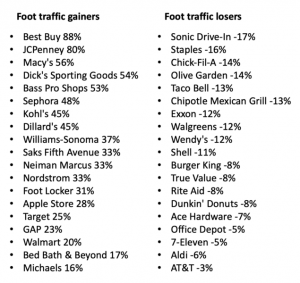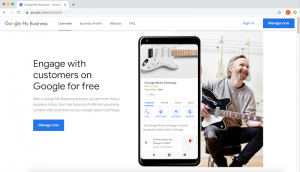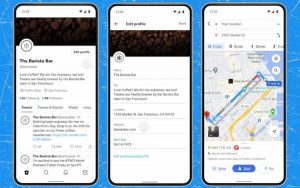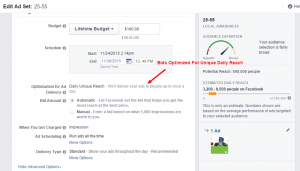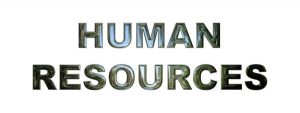
Expert analysis of 500,000 emails reveals what really works and what doesn’t when sending messages.
Everyone wants to work smarter, but sometimes it’s the little things that weigh us down. Like email.
Most of us spend more than a quarter of our workday sending and receiving messages. Instead of struggling to keep up, Matthew Bellows, CEO of email tracking software company Yesware says we should be using it more efficiently.
“When we started Yesware in 2010, people were telling us that email was dead; clearly that’s not true,” says Bellows. “Email is a great piece of technology that is very functional and ubiquitous. It’s powerful and sticky in a professional way.”
But it can be a time suck if you don’t know how to use it, or if you buy into the common myths. To determine the most productive way to use email, Bellows tested the top five myths against an analysis of 500,000 emails to figure out what’s true and what’s not:
1. The Best Day Of The Week To Send An Email Is Monday Or Tuesday
The reality is that there is no best day of the workweek to send an email, says Bellows.
“We looked at half million emails and found that open and reply rates are similar Monday through Friday,” he says. However, things are much different on the weekend; the Yesware study found that open and reply rates are significantly higher.
Bellows recommends sending emails that arrive on Saturday or Sunday: “There is less competition in the inbox,” he says. If you don’t want to work weekends, take advantage of email service providers that offer settings that allow you to schedule delivery for a later date.
2. The Best Time Of Day To Send An Email Is Early Morning
Bellows says this myth is half true.
“If you want a response, the best time to send an email is between 6 a.m. and 7 a.m. or after 8 p.m.,” he says. “The vast majority of emails are sent between 9 a.m. and 3 p.m., but that’s when the smallest number of replies are received.”
Forty percent of emails sent during the early morning or evening receive a response, according to the Yesware study.
3. Email Subjects Lines Should Be Brief
The good news is that you can stop worrying about the length of your subject line, says Bellows. “It had no correlation to the chance it would be opened or replied to,” he says.
Certain words, however, did impact open and response rate. In the Yesware study, emails with the words “steps,” “campaign,” and “next” in the subject line had the highest open and reply rates, and emails with the words “calendar” and “online” had the lowest.
4. Adding Multiple Recipients In The “To” Field Will Increase Your Chance of Receiving A Response
If you want a response, Bellows says your email should have one recipient in the “To” field and one recipient in the CC field.
“When you put one person in ‘To’ field, you’re asking a specific person to respond,” says Bellows. “When you add another in the CC field, you’re putting social pressure on the ‘To’ person. You’re also giving yourself a backup if the ‘To’ person doesn’t respond because the CC person can take the ball.”
5. If You Don’t Hear Back, Wait A Few Days
Ninety percent of emails that receive responses are replied to within one day of being received, the study found. If you don’t hear back, Bellows says you should send a follow-up email the next day; it gives you an additional 21% chance of getting a reply.
“It’s common behavior to send an email, and wait three to five days for a reply,” says Bellows. “The data shows very clearly that if you don’t receive a response within 24 hours, you should email again or call. Otherwise, it’s very unlikely you’ll get a reply back from your original email.”
(343)
